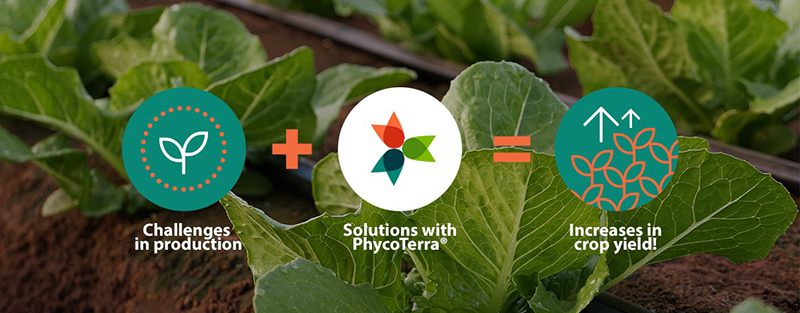Got Suberin? New Study Finds Root of How Tomato Plants Resist Drought
Plants have to be flexible to survive environmental changes, and the adaptive methods they deploy must often be as changeable as the shifts in climate and condition to which they adapt. To cope with drought, plant roots produce a water-repellent polymer called suberin that blocks water from flowing up towards the leaves, where it would quickly evaporate.
In some plants, suberin is produced by endodermal cells that line the vessels inside the roots. But in others, like tomatoes, suberin is produced in exodermal cells that sit just below the skin of the root.
The role of exodermal suberin has long been unknown, but a new study by researchers at the University of California, Davis, published in Nature Plants shows that it serves the same function as endodermal suberin, and that without it, tomato plants are less able to cope with water stress. This information could help scientists design drought-resistant crops.
In the new study, Siobhan Brady, Professor in the UC Davis Department of Plant Biology and Genome Center, worked with postdoctoral scholar Alex Cantó-Pastor and an international team of collaborators to uncover the role of exodermal suberin and map the genetic pathways that regulate its production.
Brady, Cantó-Pastor and colleagues started by identifying all of the genes that are actively used by root exodermal cells. Then they performed gene editing to create mutant strains of tomato plant that lacked functional versions of several genes they suspected might be involved in suberin production. They discovered seven genes that were necessary for suberin deposition.
The experiments confirmed that both genes are necessary for suberin production, and that without them, tomato plants are less able to cope with water stress. The mutant plants grew as well as normal plants when they were well-watered but became significantly more wilted after 10 days with no water. “In both of those cases where you have mutations in those genes, the plants are more stressed and they’re not able to respond to drought conditions,” Brady says.
For more, continue reading at biology.ucdavis.edu.









